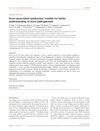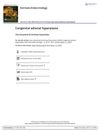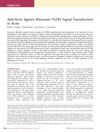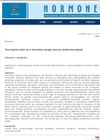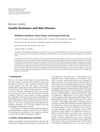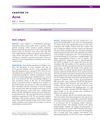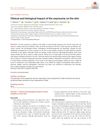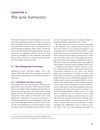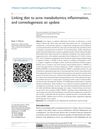Role of Insulin Resistance and Diet in Acne
January 2013
in “
Indian Journal of Dermatology, Venereology and Leprology
”
insulin resistance diet acne growth hormone insulin insulin-like growth factor-1 IGF-1 adrenal androgen metabolism gonadal androgen metabolism milk consumption high glycemic load sebaceous lipogenesis cell proliferation syndromes associated with insulin resistance hereditary factors androgens follicular retention hyperkeratosis P. acnes colonization inflammatory signaling regulatory neuropeptides hyperinsulinemia androgenic stimulation androgen synthesis peripheral androgenism IGF1R FGFR2b sebocyte differentiation adrenal androgens gonadal androgens milk sebaceous glands cell growth insulin resistance syndromes genetic factors follicular hyperkeratosis P. acnes inflammation neuropeptides high insulin levels androgen stimulation androgen production androgen effects IGF1 receptor FGFR2b receptor sebocyte development
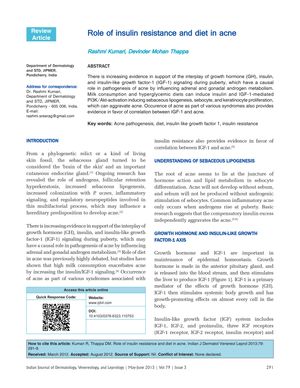
TLDR Eating high glycemic foods and drinking milk may worsen acne by increasing insulin and IGF-1 levels.
The 2013 document reviewed evidence linking insulin resistance and diet to the development of acne. It explained how growth hormone, insulin, and insulin-like growth factor-1 (IGF-1) during puberty could influence adrenal and gonadal androgen metabolism, potentially leading to acne. High consumption of milk and diets with a high glycemic load were shown to exacerbate acne by increasing insulin and IGF-1, which activate pathways leading to more sebaceous lipogenesis and cell proliferation. The presence of acne in syndromes associated with insulin resistance further supported the IGF-1 and acne correlation. The review also discussed the multifactorial nature of acne, involving hereditary factors, androgens, follicular retention hyperkeratosis, increased sebaceous lipogenesis, P. acnes colonization, inflammatory signaling, and regulatory neuropeptides. It highlighted that insulin and IGF-1 stimulate lipogenesis in sebaceous glands and that hyperinsulinemia promotes acne through androgenic stimulation. Additionally, the document explored the role of IGF-1 in increasing androgen synthesis and potentiating peripheral androgenism, as well as the interactions between IGF1R and FGFR2b in sebocyte differentiation and lipogenesis. Lastly, it revisited the debated role of diet in acne, suggesting that high glycemic load diets can worsen acne by increasing IGF-1 levels, but called for more randomized trials to confirm this association.
